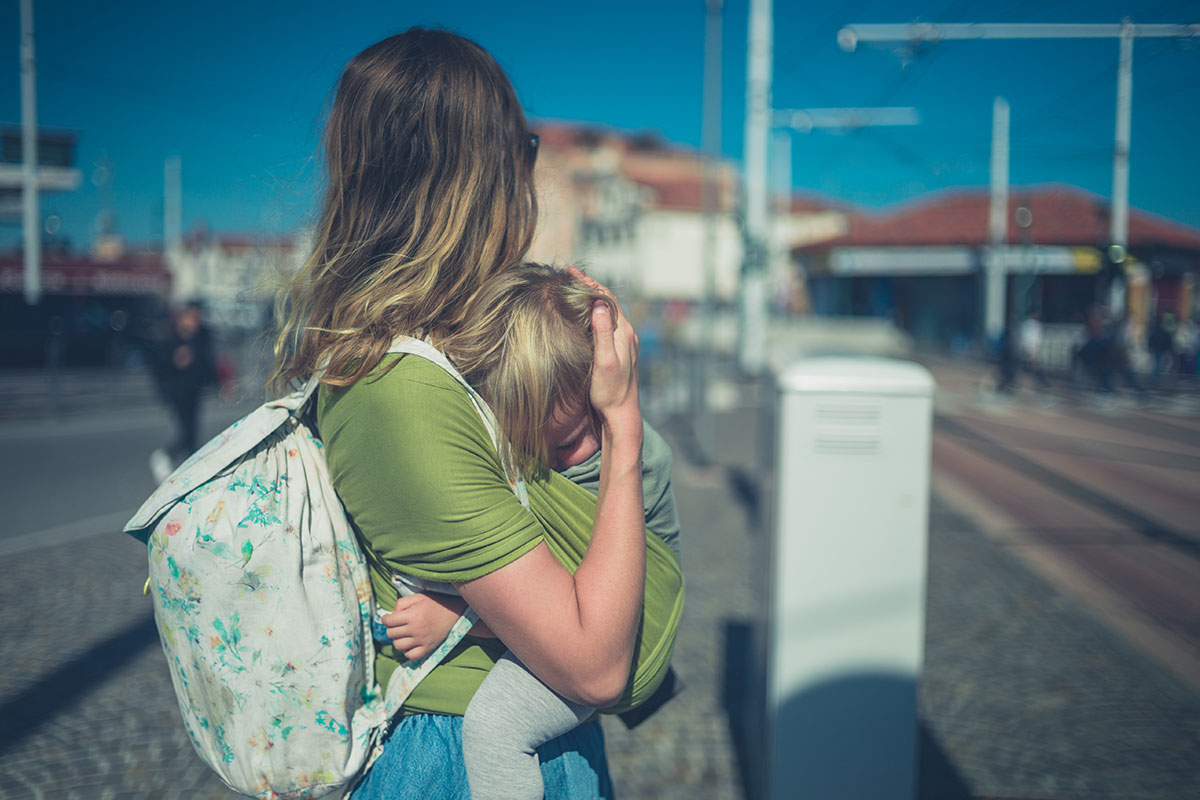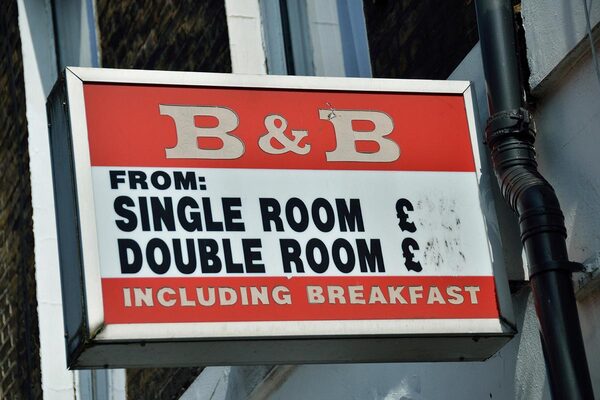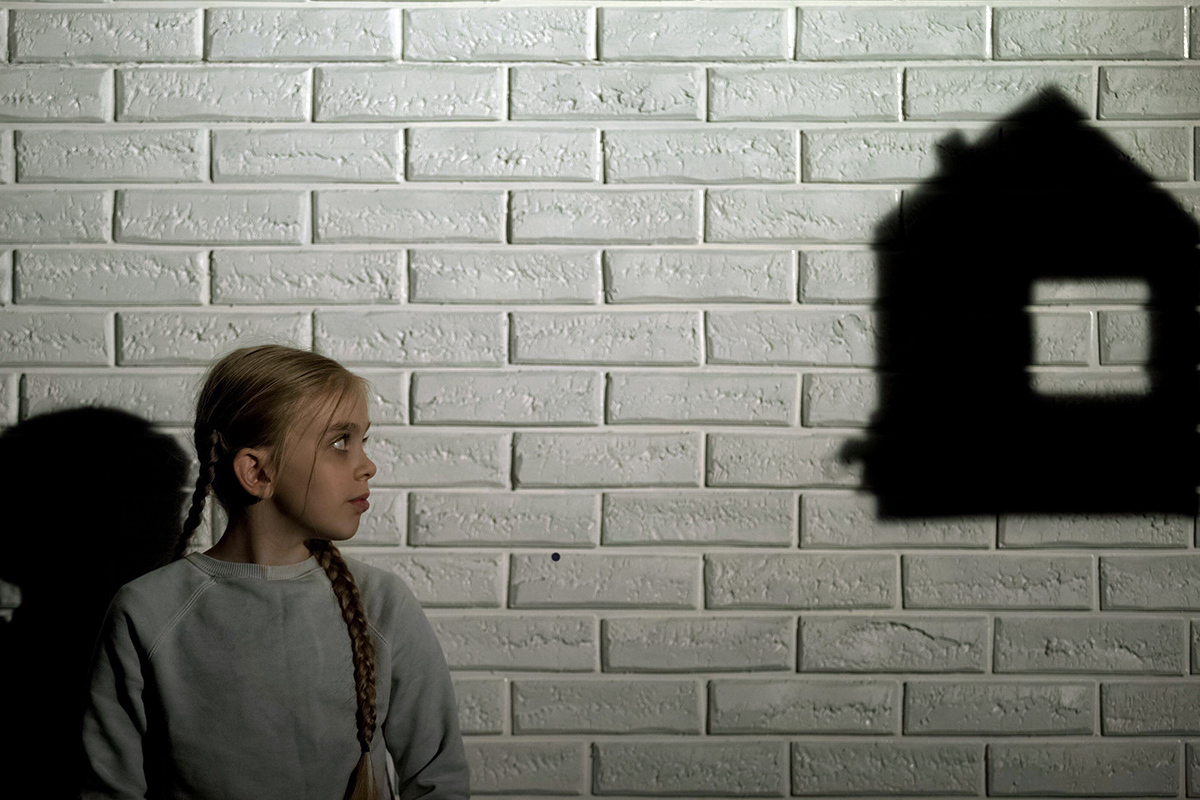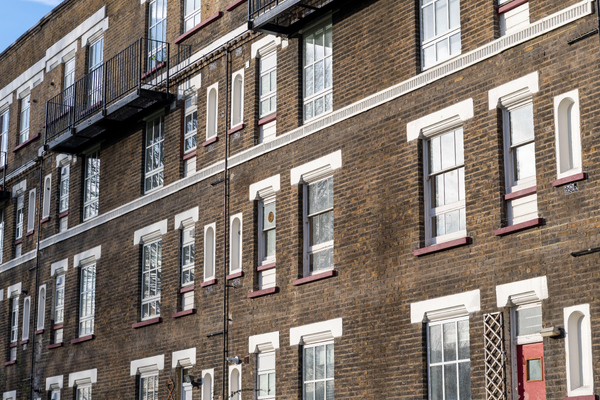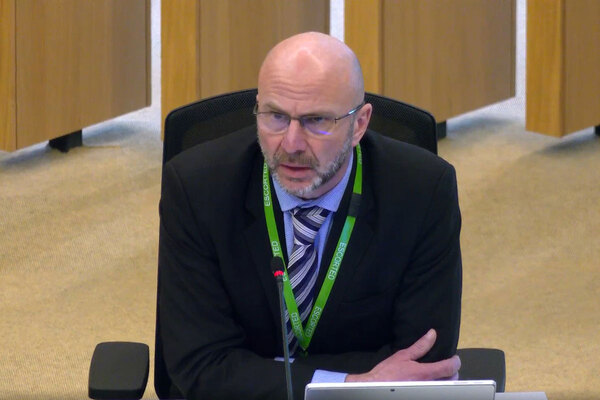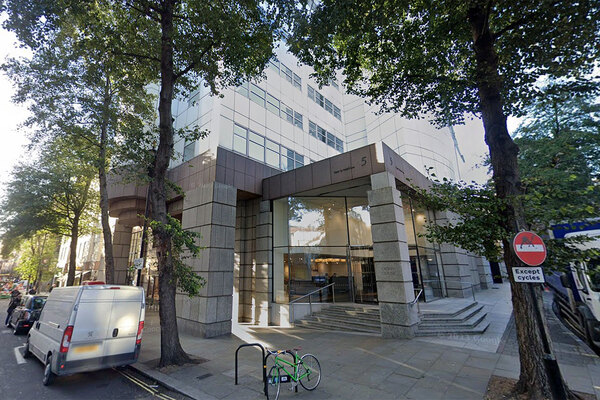You are viewing 1 of your 1 free articles
Record temporary accommodation figures as nearly 80,000 households face homelessness
New government figures show 79,840 households faced homelessness in England between January and March 2023, the highest number on record.
In the two-month period, 104,510 households were living in temporary accommodation – up 10% from last year. Of those households, 64,940 households had children, with 131,370 children living in temporary accommodation in total.
Nearly 80,000 households were owed a prevention or relief duty between January and March, meaning local authorities have a duty to prevent them becoming homeless or help them secure temporary accommodation.
In total, 296,180 households were owed a homelessness duty over 2022/23. That was a 6% increase in people owed a prevention or relief duty compared to last year.
Rent arrears made 1,250 households homeless from social housing, which was a 30% increase from last year; rent arrears also made 800 households homeless from supported housing, which was a 31% increase.
The loss of a private tenancy is the leading cause of homelessness, with 19,940 households made homeless from the private rented sector and owed a relief duty. This was a 39% increase from last year and accounted for 29% of households that are homeless or threatened with homelessness.
There was a 130% increase in households becoming homeless due to an increase in private rent and a 43% increase due to difficulty budgeting.
In all, 5,400 households within the private rented sector were at risk of homelessness and owed a homelessness prevention duty – a 22% increase from last year. Of these, there was a 124% increase in households at risk of homelessness due to a rise in rent and an 11% increase due to difficulty budgeting.
A total of 24,060 households were threatened with homelessness as a result of a Section 21 no-fault eviction, up by 21% compared to the previous year.
In May, the government published its Renters (Reform) Bill to ban Section 21 evictions and introduce overdue protections for renters. The bill is currently passing through Parliament.
Polly Neate, chief executive of Shelter, said: “With record numbers of people becoming homeless, the time for empty words on building social homes and overdue promises on ending no fault evictions has long past. No-fault evictions are fuelling homelessness and throwing thousands of families’ lives into turmoil. We need decisive action, not lip service, before this crisis gets even worse.
“When MPs return from their summer break in September, the Renters (Reform) Bill needs to come back with them, and it must be made law at the earliest opportunity. But to end homelessness for good, we need genuinely affordable homes.”
Matt Downie, chief executive of Crisis, said: “Once again, we see the crippling cost that years of no investment in housing benefit and a shameful lack of social housebuilding is having by trapping families in temporary accommodation… Households across the country desperately need more social homes as well as investment in housing benefit.”
Rick Henderson, chief executive of Homeless Link, said: “These latest statistics make distressing reading. They tell the story of more and more people pushed into homelessness over the past year, hit by the cost of living crisis and let down by a shameful lack of affordable homes.”
He urged the government to increase local housing allowance to cover at least the lowest 30% of local rents and push through the Renters (Reform) Bill, as well as commit to building “an adequate supply of truly affordable social homes”.
Signe Gosmann, a researcher at charity Justlife, said the statistics were “alarming but the unsurprising result of a lack of action around the concurrent housing and cost-of-living crises”.
She added: “Until the government unfreezes LHA rates and invests in social housing people can afford, ever-more households will be pushed into temporary accommodation that is unregulated, substandard and, as a result, harmful to people’s health and life opportunities.”
Sign up for our daily newsletter
Already have an account? Click here to manage your newsletters

